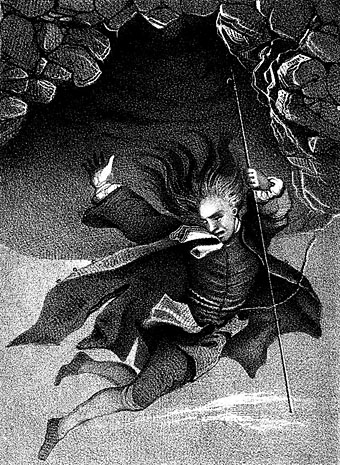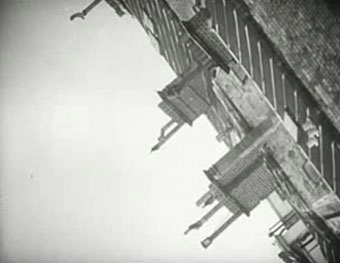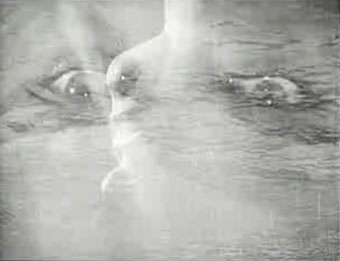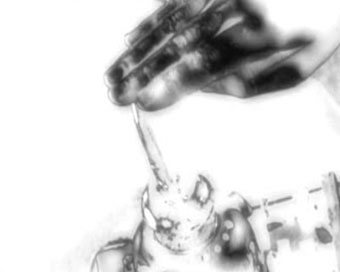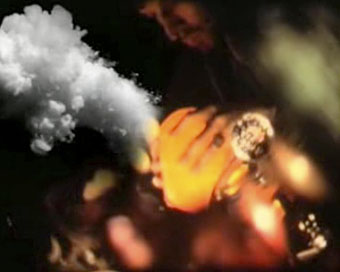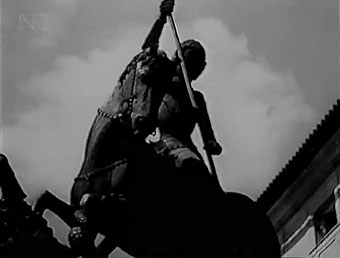
Figuras Miticas: Bailarin II (1954) by Leonora Carrington.
• The 26th Annual Lambda Literary Award Finalists have been announced. Ghosts in Gaslight, Monsters in Steam; Gay City: Volume 5 made the LGBT Anthology list, so congratulations to editors Evan J. Peterson & Vincent Kovar, and everyone else involved. I illustrated and designed the cover of that volume which also contains a piece of my fiction, Study in Blue, Green, and Gold.
• Music in School (1969), episode 4: “A New Sound”. Amazing BBC TV programme for schools showing children playing avant-garde compositions using bowed metal sheets, tape loops, and primitive electronic equipment. I was at school then, and can’t help but feel a little jealous. Related: Delia Derbyshire Day approaches.
• Voices Of Haiti (1953), recorded during ceremonials near Croix Des Missions and Petionville in Haiti by Maya Deren.
These days it’s hard to remember that Whistler’s Symphony in White, No. 1: The White Girl caused a bigger uproar at the Salon des Refusés of 1863 than Manet’s Déjeuner sur l’herbe, or that Monet was more influenced by Whistler than vice-versa. The delicacy of Whistler’s perceptions and his willingness to sacrifice everything for the sake of harmony make for an art less bracing than that of Degas or Pissarro. And yet how much life there is in his little Thames riverscapes. Perhaps we need another major exhibition—there hasn’t been one for twenty years—to re-evaluate him.
Whistler’s Battles by Barry Schwabsky
• Mix of the week (and a very good one it is): Abandoned Edwardian Schoolhouse by The Geography Trip.
• Morton Subotnick tells Alfred Hickling how recording Silver Apples of the Moon blew his mind.
• The fantasy artwork of Ian Miller. A new book, The Art of Ian Miller, is published next month.
• Queen for a Day by Alison Fensterstock. A look at the Mardi Gras Queens of New Orleans.
• Tex Avery (1988): A 50-minute BBC documentary about the great animation director.
• The Gentle Revolutionary: Peter Tatchell talks to Joseph Burnett about Derek Jarman.
• The Soaring and Nearly Forgotten Arches of New York City.
• Dennis Hopper‘s photos of American artists in the 1960s.
• Vodun at Pinterest.
• Litanie Des Saints (1992) by Dr. John | Dim Carcosa (2001) by Ancient Rites | Far From Any Road (2003) by The Handsome Family

